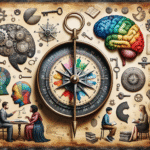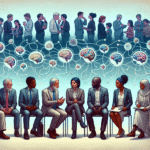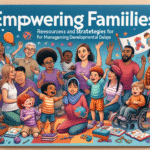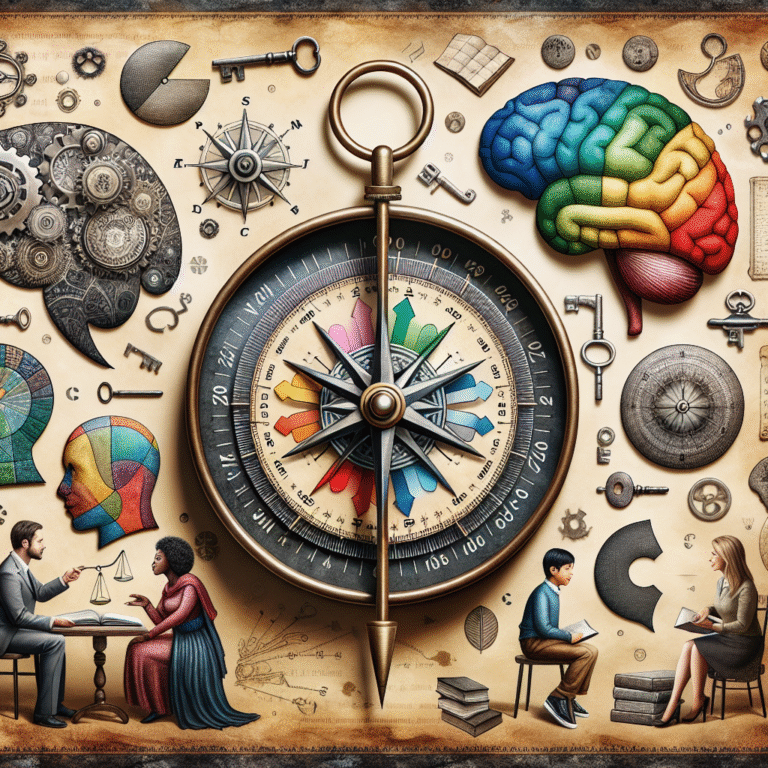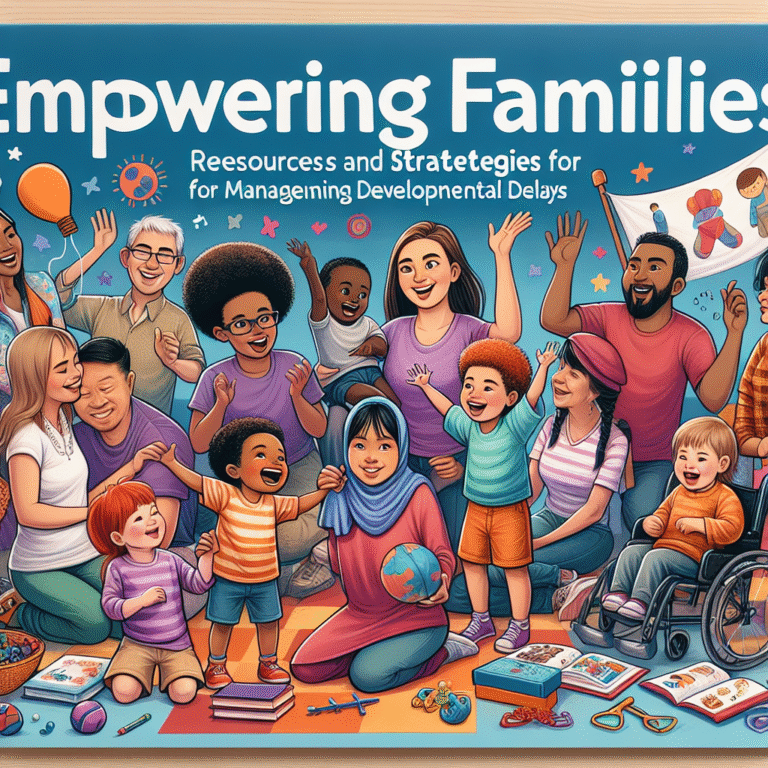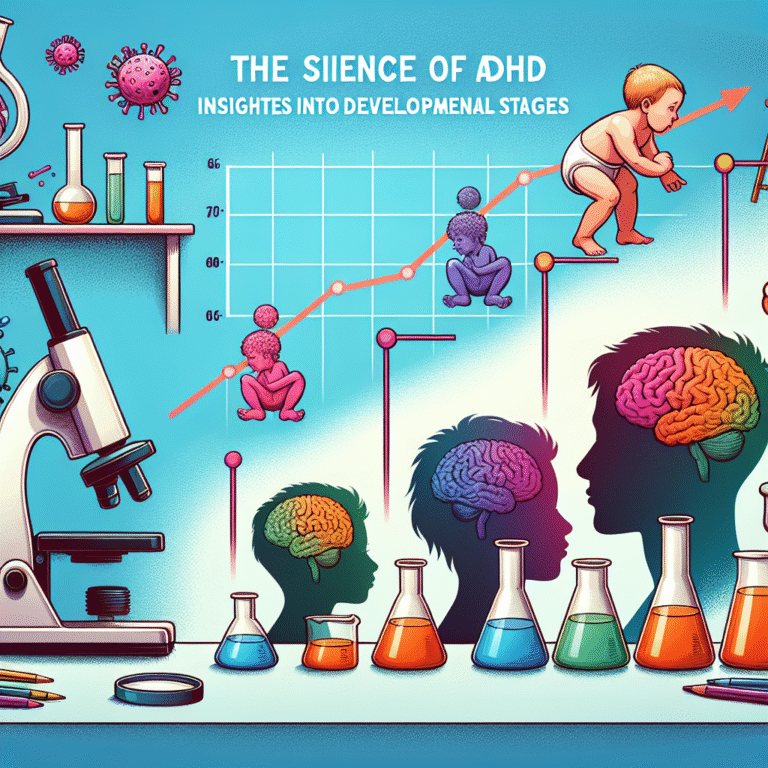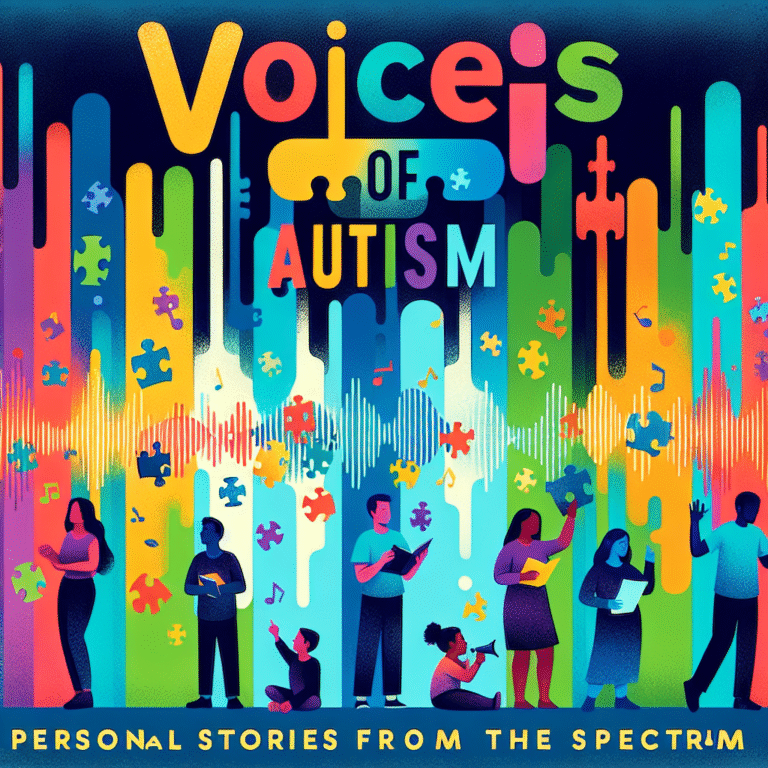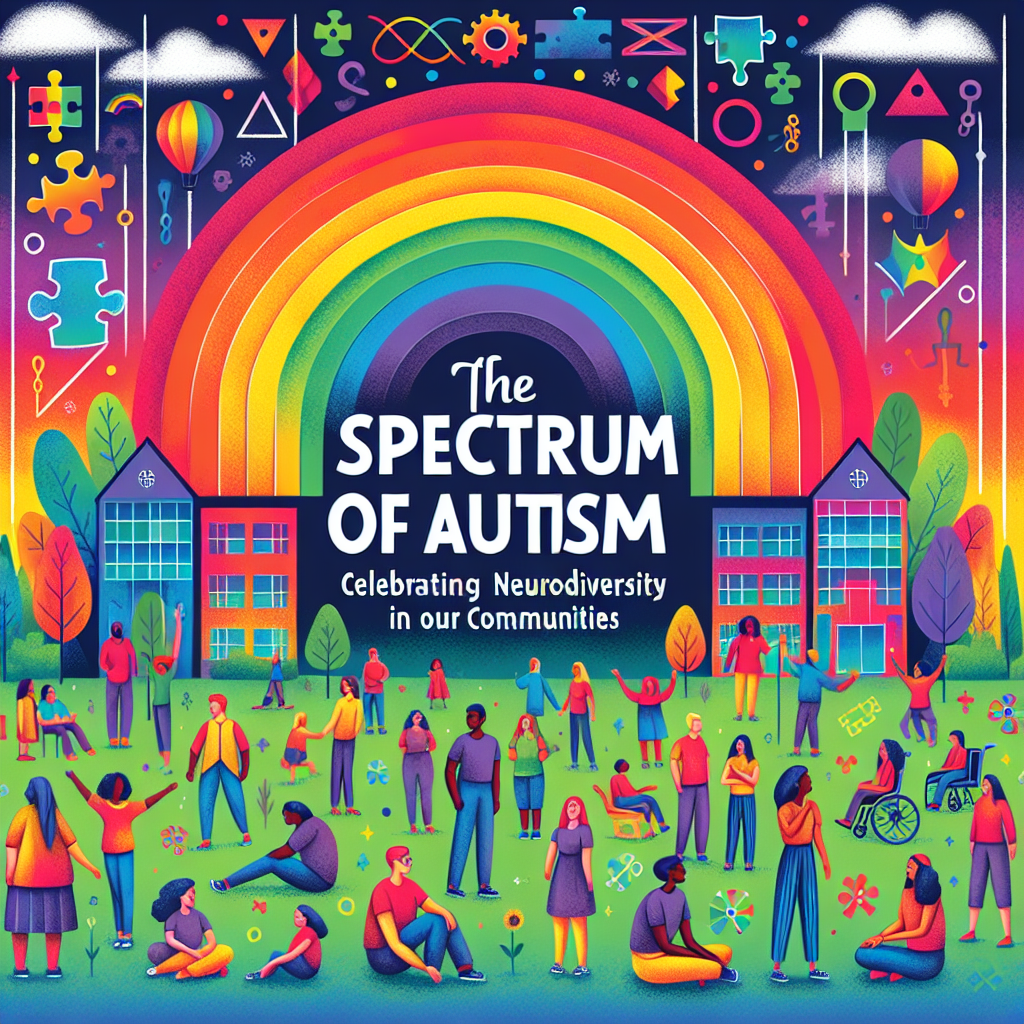
Introduction
The understanding of autism has evolved significantly in recent years. Once viewed through a narrow lens that emphasized deficits, we now recognize the broader spectrum of autism, highlighting the unique strengths and perspectives individuals on the spectrum bring to our communities. This article, The Spectrum of Autism: Celebrating Neurodiversity in Our Communities, explores this transformative journey, pinpointing the vital importance of embracing neurodiversity as an essential aspect of our shared human experience.
Imagine a world where individual differences are not only accepted but celebrated. When we choose to celebrate neurodiversity, we enrich our communities, foster creativity, and promote understanding. With approximately 1 in 44 children diagnosed with autism spectrum disorder (ASD) in the U.S. alone, the need to embrace this diversity is more pertinent than ever. Let’s delve deeper into how recognizing and valuing the spectrum of autism can lead to a more inclusive society.
Understanding the Spectrum of Autism
What is Autism?
Autism, or autism spectrum disorder (ASD), is a complex neurodevelopmental condition characterized by varying degrees of challenges in communication, social interaction, and repetitive behaviors. However, it’s essential to stress that every individual with autism is unique, showcasing different strengths and abilities—a fact that underscores the notion of a "spectrum."
Key Traits of Autism
| Trait | Description |
|---|---|
| Social Interaction | Varies from difficulty in understanding social cues to strong social skills. |
| Communication | Ranges from non-verbal to advanced language use. |
| Repetitive Behaviors | Might involve routines, specific interests, or sensory sensitivities. |
The Neurodiversity Movement
Neurodiversity asserts that neurological differences, including autism, are natural variations of the human brain and deserve the same respect as other human variations. Originating in the late 1990s, this movement encourages society to view autism not as a disorder to be cured but as a difference to be celebrated.
Why Celebrate Neurodiversity?
Celebrating neurodiversity allows societies to benefit from a wide range of perspectives and talents. Individuals on the spectrum often excel in areas such as mathematics, music, art, and technology, bringing innovative ideas and solutions. By nurturing these talents, communities can enrich their cultural and economic landscape.
Real-World Applications and Case Studies
Case Study 1: The Rise of Neurodiverse Hiring Initiatives
Many organizations are now implementing neurodiverse hiring initiatives, recognizing the strengths of individuals on the spectrum. For example, Microsoft has created an Autism Hiring Program that actively seeks to hire neurodiverse candidates, particularly in technology roles. This program has resulted in both a more inclusive workforce and a significant boost in creativity and problem-solving skills.
Analysis
The success of Microsoft’s program showcases how embracing the strengths of individuals with autism can lead to innovative solutions and increased productivity in the workplace. The shift in corporate culture reflects a growing recognition of the importance of The Spectrum of Autism: Celebrating Neurodiversity in Our Communities.
Case Study 2: Educational Empowerment for All
School systems across the globe are beginning to adapt their curricula to support neurodiverse learners. For example, in Finland, schools implement individualized learning plans that cater to the specific needs of students, including those on the autism spectrum. This not only fosters academic well-being but also promotes social inclusion.
Analysis
Finland’s approach emphasizes the significance of personalized education, demonstrating that The Spectrum of Autism: Celebrating Neurodiversity in Our Communities can lead to enriched educational experiences. As schools celebrate the diversity of learning styles, they prepare all students for a multicultural world.
Case Study 3: Community Engagement Programs
Local communities are crafting programs that engage individuals with autism, fostering participation and acceptance. Programs like “The Spectrum Festival” celebrate neurodiversity by showcasing talents, providing workshops, and hosting activities that break down stereotypes.
Analysis
Events like these demonstrate the profound impact of community initiatives focused on celebrating neurodiversity. They reinforce the idea that The Spectrum of Autism: Celebrating Neurodiversity in Our Communities is not just a concept but a reality that can be lived and embraced.
Promoting Understanding and Awareness
The Role of Media and Representation
Media representation of autism has historically been limited and often skewed. However, recent portrayals have begun to feature more diverse and accurate representations of individuals on the spectrum. Shows like "Atypical" and "Parenthood" not only bring awareness but also foster empathy and understanding.
Advancing Advocacy
Organizations such as the Autism Society and the Neurodiversity Coalition are working tirelessly to advocate for the rights of individuals on the spectrum. They emphasize acceptance and inclusion, fostering communities that understand the value of neurodiversity.
The Importance of Parental Support
Parents play a crucial role in shaping the understanding and acceptance of autism. By educating themselves and others, they can foster an environment of acceptance and celebration of differences. Workshops and community support groups can equip parents with the tools to advocate effectively for their children.
Frequently Asked Questions (FAQs)
1. What does it mean to be on the autism spectrum?
Being on the autism spectrum means experiencing a range of neurodevelopmental characteristics that affect communication, behavior, and social interaction. It is referred to as a "spectrum" because individuals may experience these traits in varying degrees.
2. How can communities support individuals on the spectrum?
Communities can support individuals on the spectrum by creating inclusive programs, advocating for neurodiversity, providing sensory-friendly spaces, and fostering acceptance through education and awareness initiatives.
3. Why is neurodiversity important?
Neurodiversity celebrates the unique strengths and perspectives of individuals with diverse neurological conditions, enhancing creativity, innovation, and understanding in society.
4. How can businesses become more inclusive?
Businesses can become more inclusive by implementing neurodiversity hiring initiatives, providing training on autism awareness, and creating a workplace culture that values diverse perspectives.
5. What resources are available for families affected by autism?
Numerous resources are available for families, including local support groups, educational workshops, and online communities that provide information, support, and connection.
Conclusion
Embracing The Spectrum of Autism: Celebrating Neurodiversity in Our Communities is more than just a movement; it is a vital step towards building a more inclusive society. By understanding and valuing the unique strengths of individuals on the spectrum, we can foster innovation, creativity, and deeper connections within our communities.
As we continue to advocate for neurodiversity, let us commit to celebrating the beauty of our differences—after all, it is these differences that make our communities vibrant, resilient, and ultimately more human. Together, we can cultivate an environment where every individual is valued and celebrated, enriching the tapestry of society.
Call to Action
Join us in promoting neurodiversity! Engage in discussions, support local initiatives, and educate those around you. By taking small steps, we can create a world where The Spectrum of Autism: Celebrating Neurodiversity in Our Communities is a shared reality—a world where everyone is embraced and valued for who they are.
